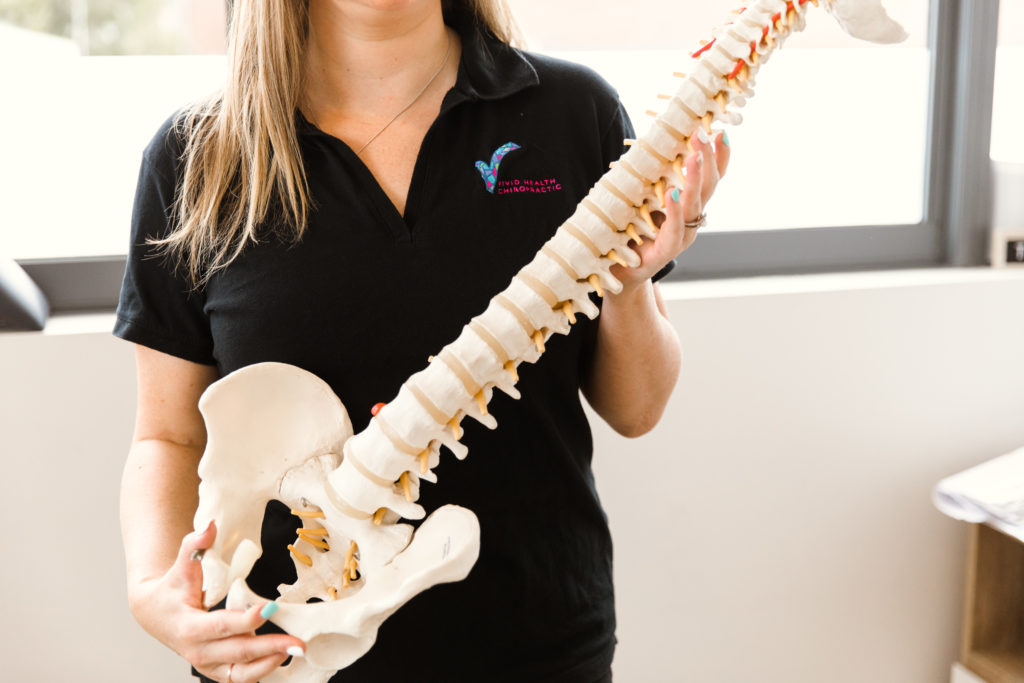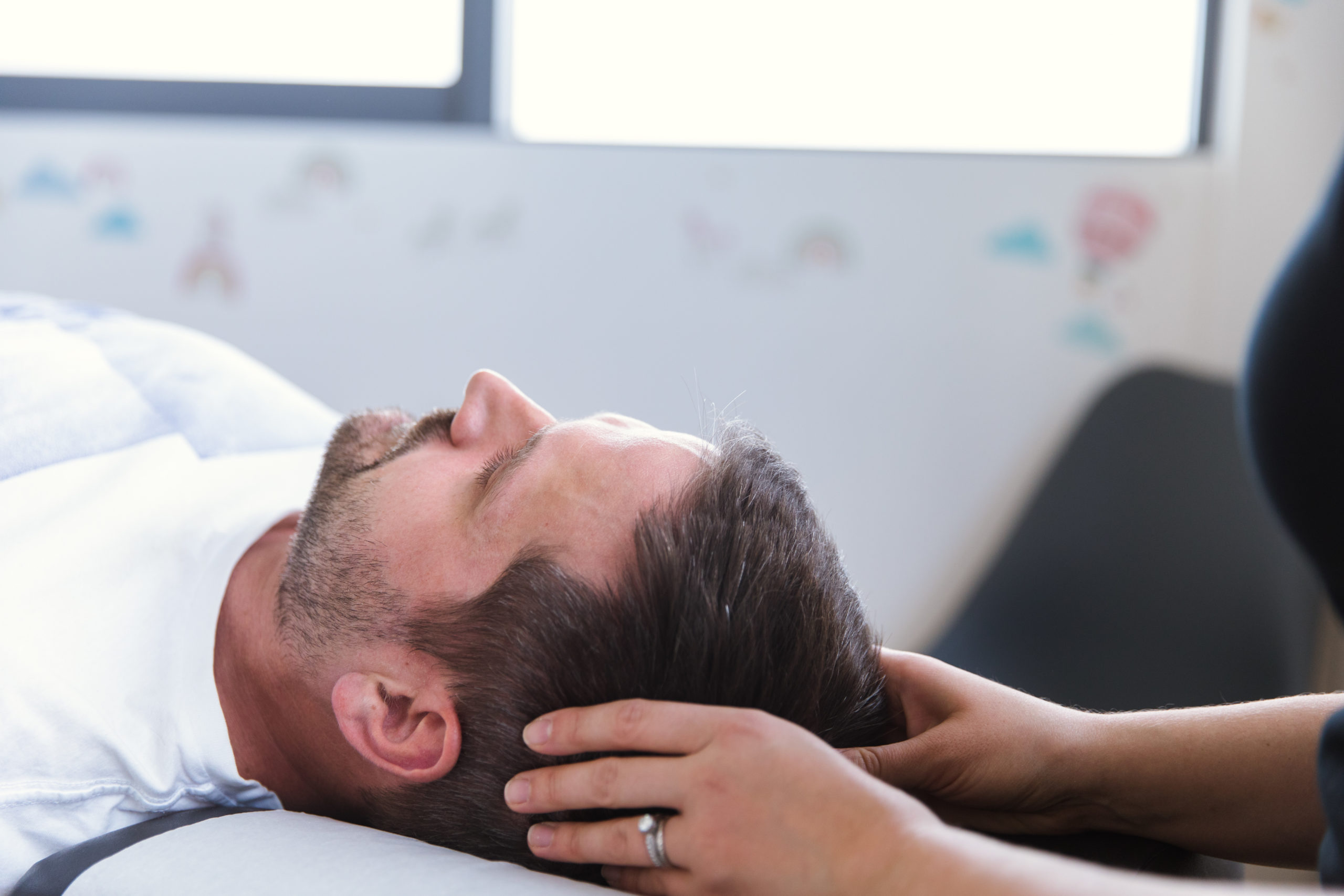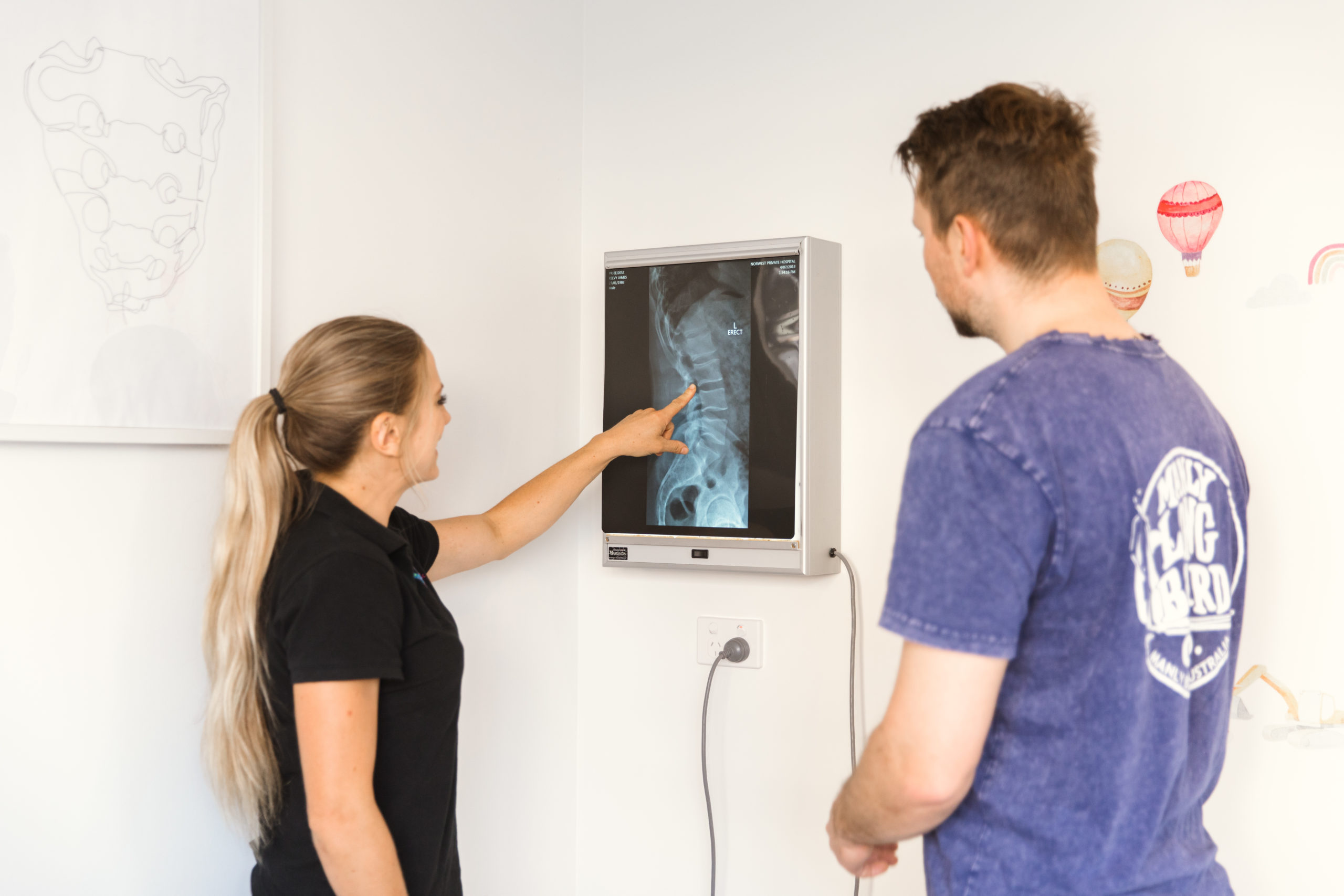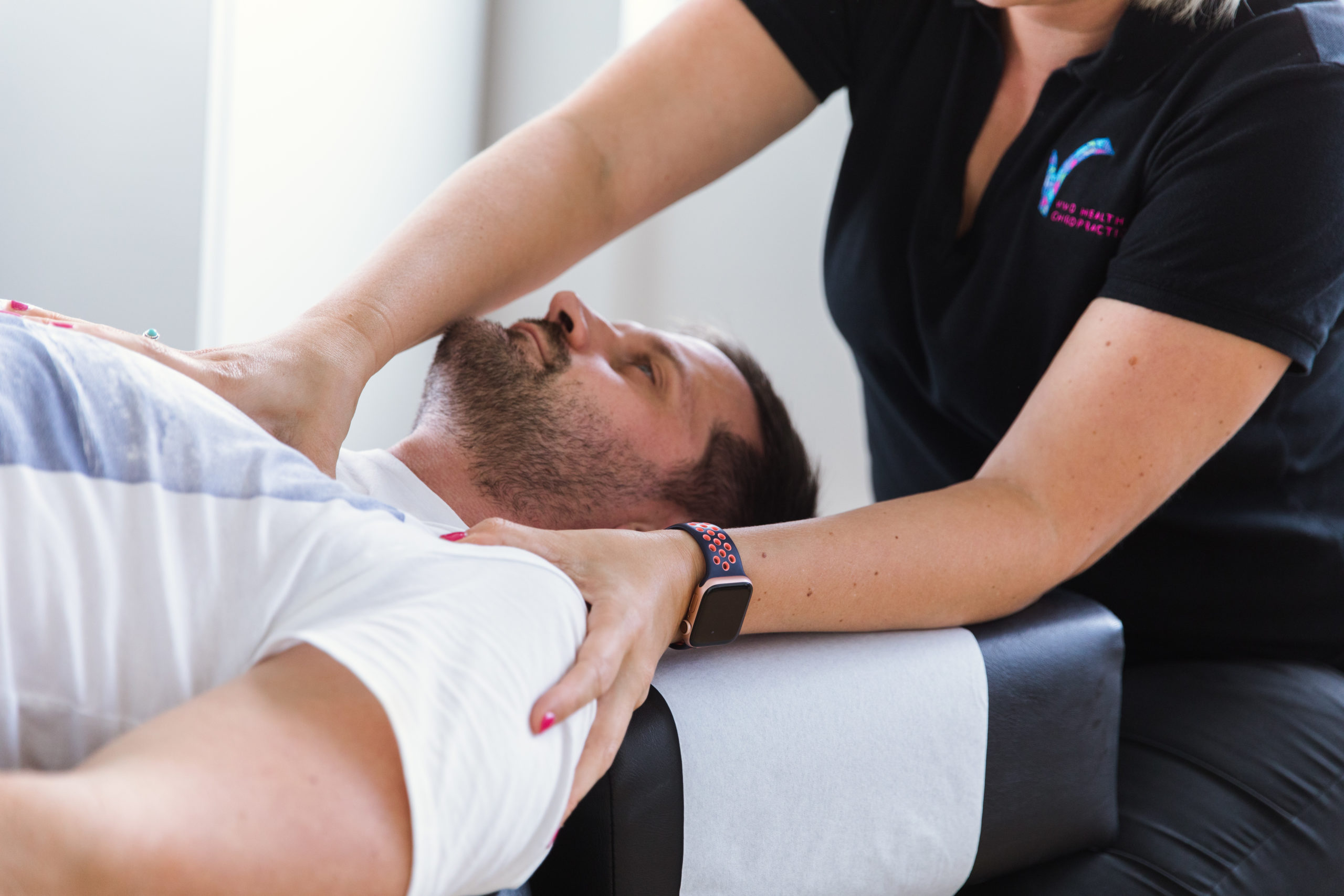- Older Australia at a glance,2017, AIHW (online). Available at www.aihw.gov.au/reports/older-people/older-australia-at-aglance/contents/demographicsof-older-australians/australia-schanging-age-and-gender-profile
- Caring for older Australians, 2010, Productivity Commission. Available at www.aph.gov.au/About_Parliament
/Parliamentary_Departments/Parliamentary_Library/pubs/
BriefingBook43p/ageingpopulation - J Manipulative Physiol Ther. 2016, Effectiveness of Chiropractic Care to Improve Sensorimotor Function Associated With Falls Risk in Older People: A Randomized Controlled Trial,May; 39(4):267-78
- The Burden of musculoskeletal conditions in Australia (2017), Australian Institute of Health and Welfare, www.aihw.gov.au
- Vos.T., Flaxman, A. and Naghavi, M., Years lived with disability study for 1160 sequelae of 289 diseases and injuries 1990-2010: a systematic analysis for the Global Burden of Diseases Study 2010. Lancet, 2012, 380: p2163-2196
- Szczygieł E, Zielonka K, Mętel S, Golec J. 2017, Musculoskeletal and pulmonary effects of sitting position – a systematic review. Annals of Agricultural and Environmental Medicine 2017, Vol 24, No 1, 8–12
- Straker, L., Coenen, P., Dunstan, D., Gilson,N., Healy, G. 2016, Sedentary Work – Evidence on an Emergent Work Health and Safety Issue – Final Report, Canberra: Safe Work Australia, p23.
- Brand, J. E., Todhunter, S. & Jervis, J. 2017, Digital Australia 2018, Bond University, p6.
- Australia’s Physical Activity & Sedentary Behaviour Guidelines for Adults (18-64 years) 2017 (online), The Department of Health. Available at www.health.gov.au/internet/main/publishing.nsf/Content/health-pubhlth-strateg-phys-act-guidelines#apaadult
- Australian Institute of Health and Welfare 2018, Insufficient physical activity, Australia’s health 2018, Australia’s health series no. 16.
- Adams, Jon et al. “A workforce survey of Australian chiropractic: the profile and practice features of a nationally representative sample of 2,005 chiropractors” BMC complementary and alternative medicine vol. 17,1 14. 5 Jan. 2017, doi:10.1186/s12906-016-1542-x
- Research Summary and Strategic Research Opportunities 2016, Australian Chiropractors Association.
Improve posture


By decreasing the amount we move each day, we have increased the severity of poor posture and in turn, its negative effects on health. Daily activities that we now consider common, like sitting at a desk, driving instead of walking, and even playing video games, may lead to incorrect posture.
What is poor posture?
Posture is the position in which we hold our bodies while standing, sitting or lying down. When your posture is poor this can increase pressure on your spine and contribute to tension, soreness, headaches, back pain and fatigue.
Australian adults, on average, spend an estimated five hours per day sitting, with a quarter of the population sitting for more than eight hours per day, including the 67% that play video games recreationally. This time sitting and hunching over a desk or on the couch can add pressure to the spine.
Get a Ready for Life Posture
A healthy posture is all about healthy movement, by both your spine and your body. It does take discipline to correct poor posture, but there’s no doubt the benefits are well worth the effort.
The Straighten Up app, developed by the Australian Chiropractors Association (ACA) is designed to help everyday Australians maintain and improve their spinal health. Use the app to set reminders and receive notifications about sitting right, stretching, improving posture and even staying hydrated.
References – Are you Ready for Life
Latest articles


Is the daily grind giving you a headache?


Is your back sore from taking on too much?


